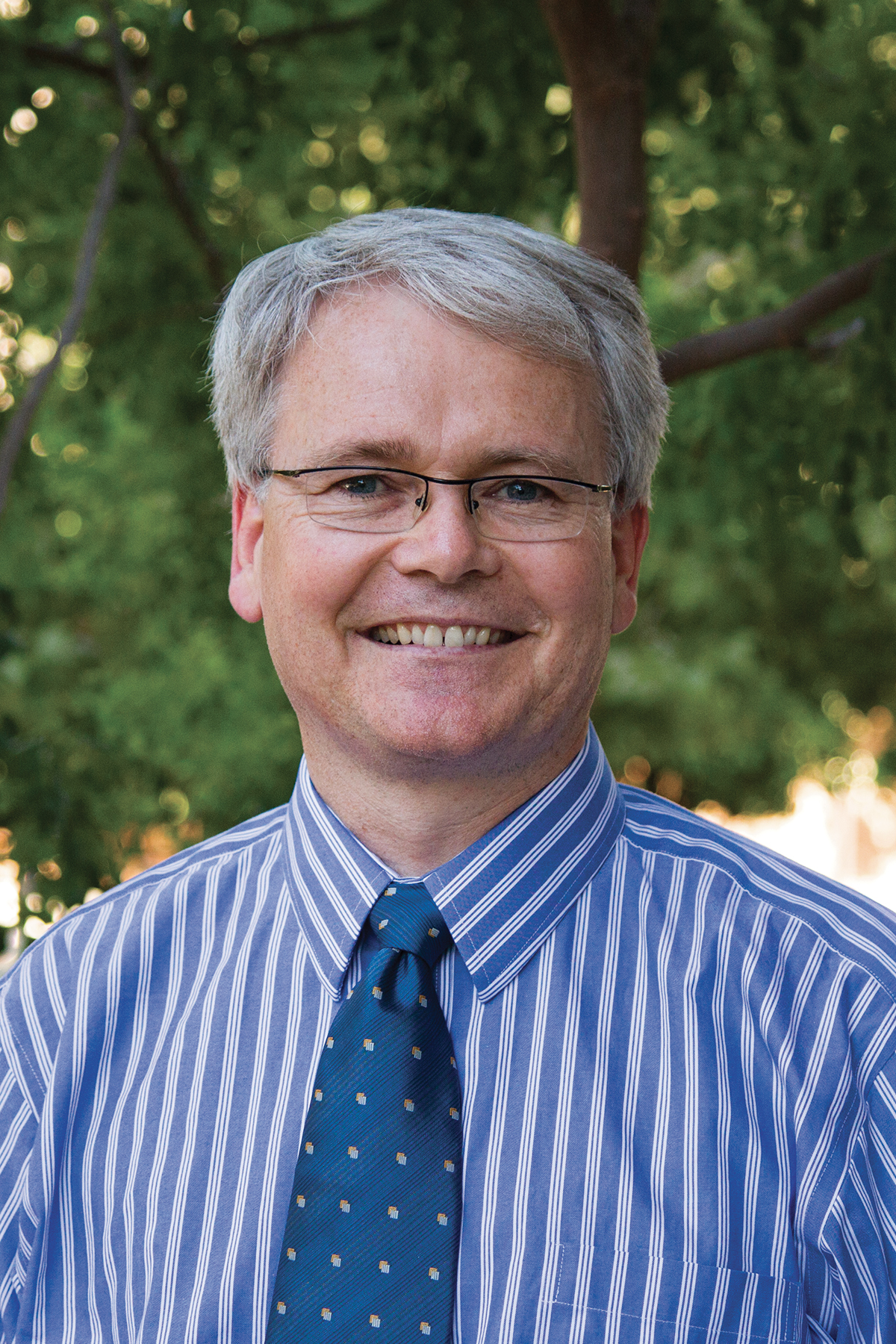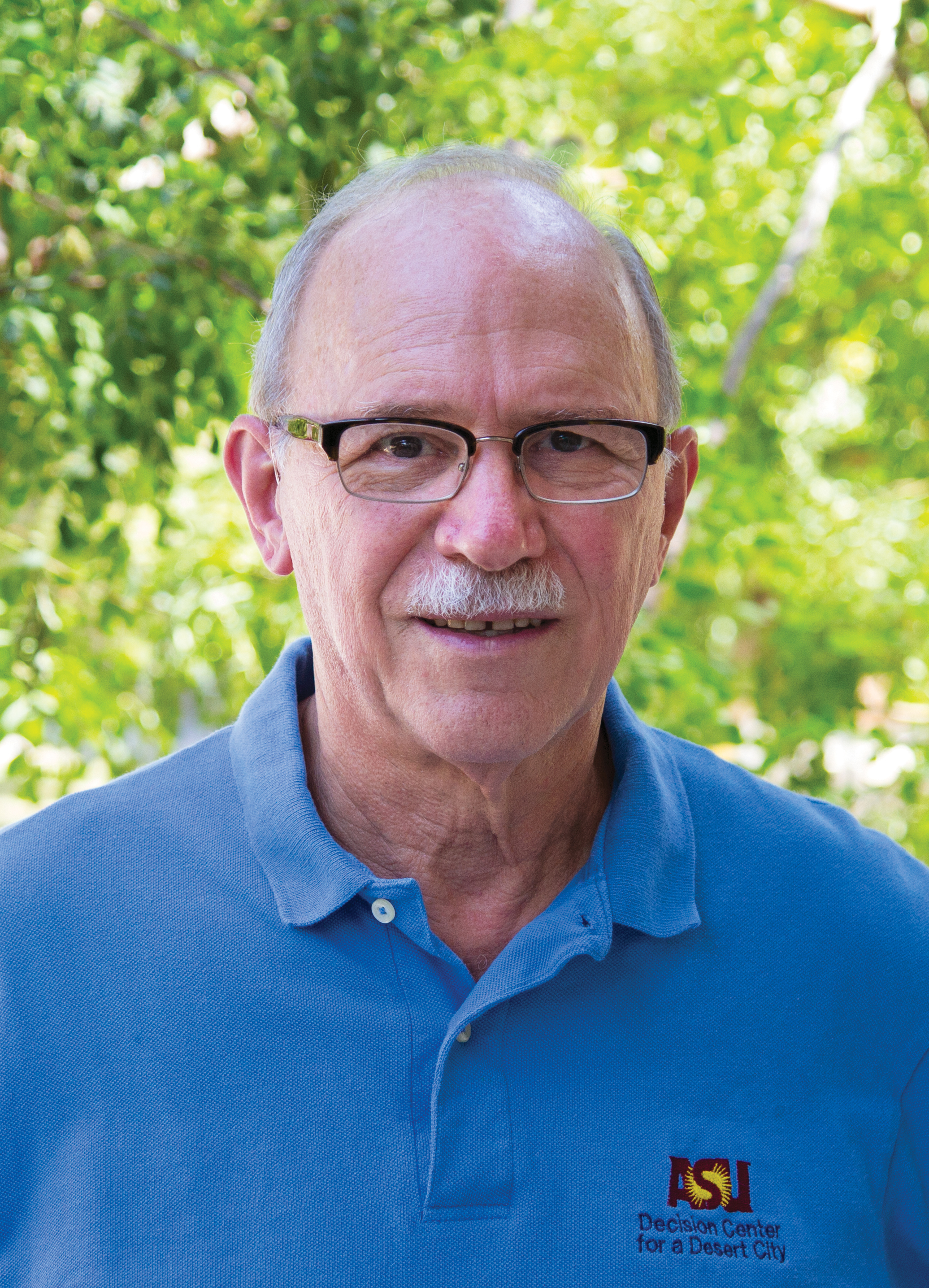Defining how we will survive: What is sustainability?
It's a big topic; even Julie Ann Wrigley Global Institute of Sustainability leaders have divergent definitions
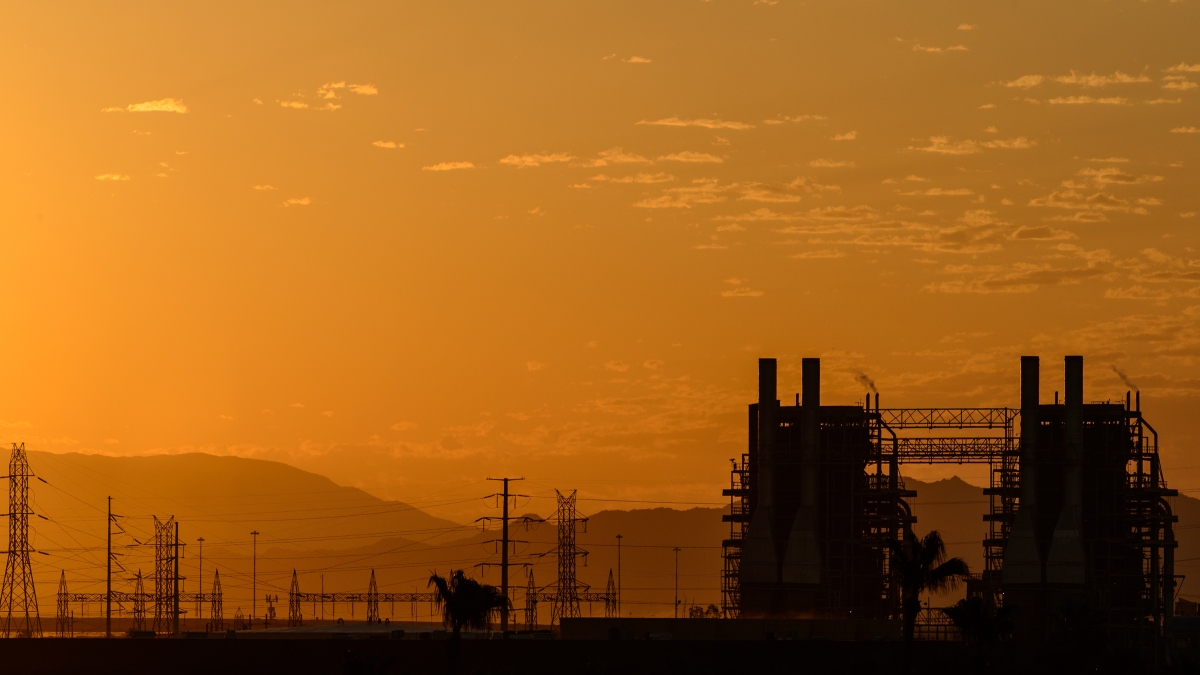
More than 70 percent of the Earth is covered by water; no one permanently lives on the ocean. Humans occupy about 1 percent of the landmass. Below us is the Earth’s mantle; no one lives deep underground. No one lives in the sky, either. The highest point where anyone lives — a city in the Peruvian Andes — is a little more than 3 miles up. Beyond that is the frigid vacuum of outer space.
We live in a tiny space.
And it’s getting tinier. The United Nations estimates world population to hit more than 9 billion by 2050.
How are we going to make this work? That one question drives the field of sustainability. Everyone agrees on that.
What few people agree on is exactly what defines sustainability. Even the leaders of the Julie Ann Wrigley Global Institute of Sustainability at Arizona State University have divergent definitions.
“It’s looking after the Earth as a system, people as a system, and trying to find ways we can both survive and thrive in the future,” sustainability dean Christopher Boone (left) said. “That’s one definition. I don’t always use that definition. I use something more formal.”
The School of Sustainability’s official definition: “Improving ecological integrity, human well-being, and social justice for present and future generations is the grand challenge of sustainability.”
When sustainability began to be discussed at ASU, many saw it as a synonym for environmentalism, and some definitions do focus on the ecological component. Others focus on the social-justice aspect.
“The definition we came up with for the school was to make sure both elements are embedded in the definition,” Boone said.
In 1983, the United Nations became aware of the deteriorating environment and natural resources. The Brundtland Commission was established to rally countries to pursue sustainable development. The Brundtland Report, issued in 1987, coined and defined the term “sustainable development.”
“Meeting the needs of present generations, while not compromising the needs of future generations to meet their own needs” was that first definition.
“The definition by the Brundtland Commission is by far the most widely accepted one,” said Rob Melnick (left), executive director and chief operating officer of the School of Sustainability. “For one thing, it represents not just a singular take on ‘what is sustainability’ — as in, Rob says it’s this and Mike says it’s that. Instead, it represents the collective imagination of many people worldwide who labored long and hard to create and export a universal understanding of the concept.”
Many people still point to the Brundtland definition as pretty good, Boone said.
“It encapsulates the essential core elements of sustainability,” he said. “That original definition was formulated at a time when people were concerned about the limits on resources, the impact of human activity on planetary systems, and the basis for us to continue to survive and thrive into the future.”
“Not everyone can have Priuses. The people who need them most have to drive the farthest and probably have some gas guzzler, some 1980 Ford pickup. If I put a carbon tax on gasoline because I don’t use that much in the Prius, they’re the ones who suffer. ... We have to be more comprehensive in thinking of the implications of our actions.”
— Charles Redman, a founding director of ASU’s School of Sustainability
Though the definition and nomenclature may be new, the concept goes back to the turn of the 19th century. President Teddy Roosevelt delivered his definition in 1908.
“It is time for us now as a nation to exercise the same reasonable foresight in dealing with our great natural resources that would be shown by any prudent man in conserving and widely using the property which contains the assurance of well-being for himself and his children,” Roosevelt said.
His friend Gifford Pinchot, the father of the U.S. Forest Service and an early conservationist, summed up his views with a simple sentence: “The greatest good for the greatest number for the longest time.”
“Both the Brundtland definition and Gifford Pinchot’s encompass a rapidly growing, relatively new expression of ‘sustainability,’ ” Melnick said. “That is, ‘intergenerational well-being.’ This works for me.”
Gary Dirks, director of the Julie Ann Wrigley Global Institute of Sustainability, simply defines sustainability as “universal, intergenerational human well-being.”
Definitions give insight but they also give boundaries, said Charles Redman (left), a founding director of ASU’s School of Sustainability.
Maintaining ecological integrity, for instance, does not mean saving and protecting every species and not altering the world through construction, Redman said.
“We’re going to change the world around us,” Redman said. He pointed out the window at the campus. “This isn’t going to look like it did. It’ll continue to change. I accept that. … However, we have to be sure not to undermine our future. That’s why I like ecological integrity because it says the basic regulating systems, the carbon cycle, maintain sufficient oxygen, clean water, these things are primary. You can’t undermine them, although you can do things with them. You can run water through pipes and behind dams, but we have to keep it clean.”
Redman believes sustainability’s component of social equity is as important to emphasize as the environmental element.
“A lot of the sustainability discourse of interventions, of things people suggest, don’t take into account the eventual impact of social justice or equity,” he said.
“A lot of them involve doing things only some people can afford. Hybrid cars, for instance. Not everyone can have Priuses. The people who need them most have to drive the farthest and probably have some gas guzzler, some 1980 Ford pickup. If I put a carbon tax on gasoline because I don’t use that much in the Prius, they’re the ones who suffer. They’re the ones least able to deal with it. We have to be more comprehensive in thinking of the implications of our actions.”
Boone is not troubled by the fact there are multiple definitions of sustainability.
“When you talk about large critical ideas like justice or the good life, everyone is going to have a different definition,” he said. ““That’s often used as a criticism of sustainability because we don’t have a hard and fast definition, like the law of thermodynamics.
“I think it’s precisely because it tries to really facilitate both an understanding of how the Earth as a sociological and ecological system works and how do we intervene in that system to make things better. That’s huge. When you get something huge, you’re going to have partial definitions of how people can interact in that grand challenge, and then you’re going to have more sweeping definitions that try to encapsulate precisely what that grand challenge is.”
Redman is skeptical of anyone who says he or she has the answer.
“We need to try a lot of ways,” he said. “Let a lot of flowers bloom.”
More Environment and sustainability
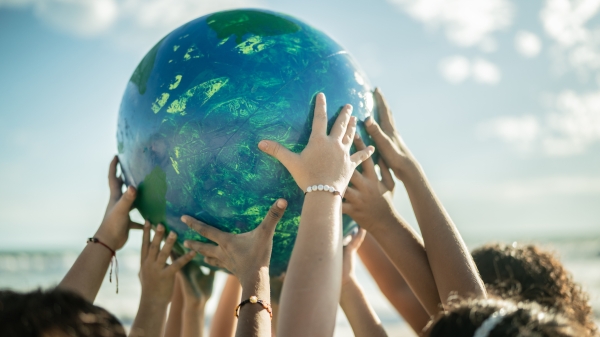
Celebrating Earth Day around the world
Originating in the United States in 1970, Earth Day is now celebrated worldwide. But even before it became an official day, many countries were already mindful of their carbon footprint in their…

A run on fossil fuels: ASU professor says climate legislation could have unintended consequences
As concerns about climate change grow, policymakers are increasingly voicing support for stricter fossil fuel legislation. Their discussions and proposals raise questions about the future of the oil…
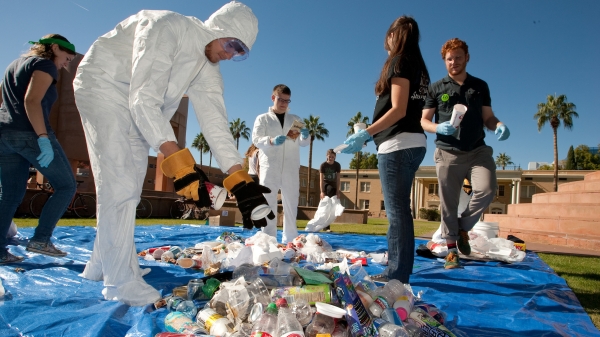
Confusion complicates US recycling efforts
In most major cities and buildings, recycling bins can often be found alongside trash bins in an effort to encourage recycling. But is it working? According to the U.S. Environmental Protection…
